The Decade’s Top 5 Spot-acular Cheetah Program Milestones
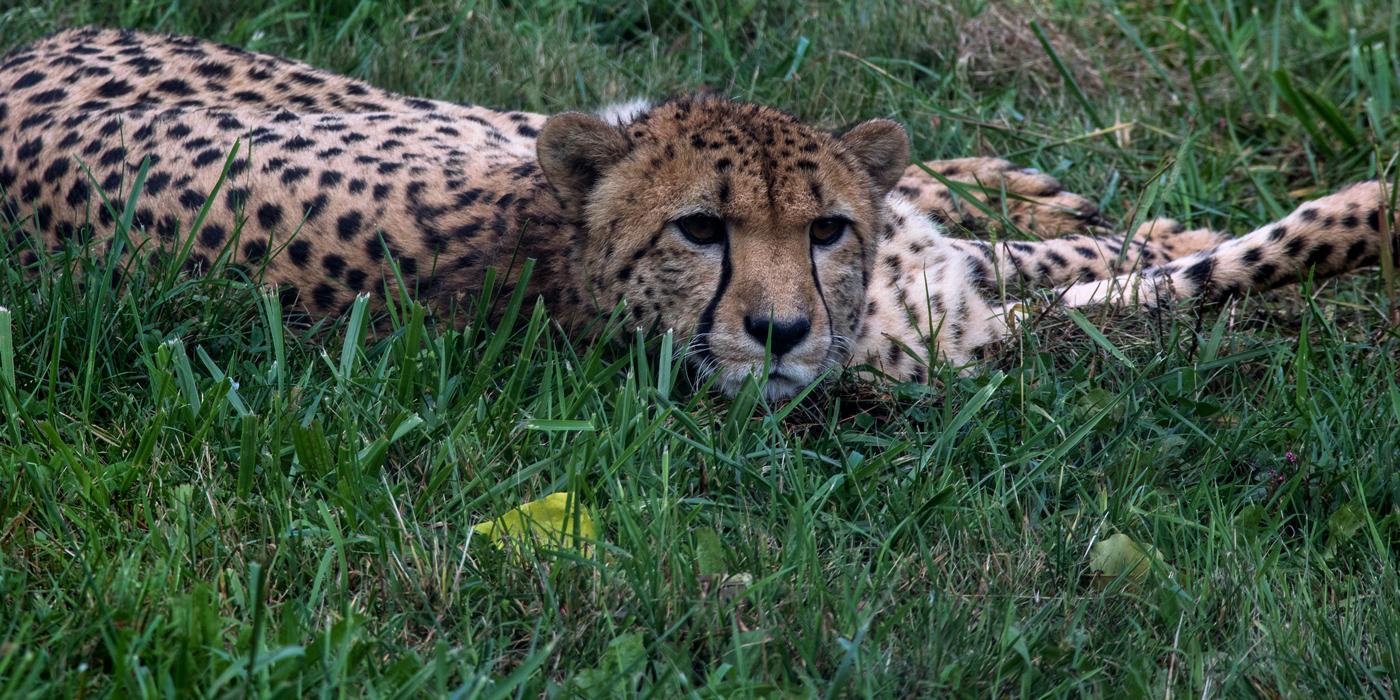
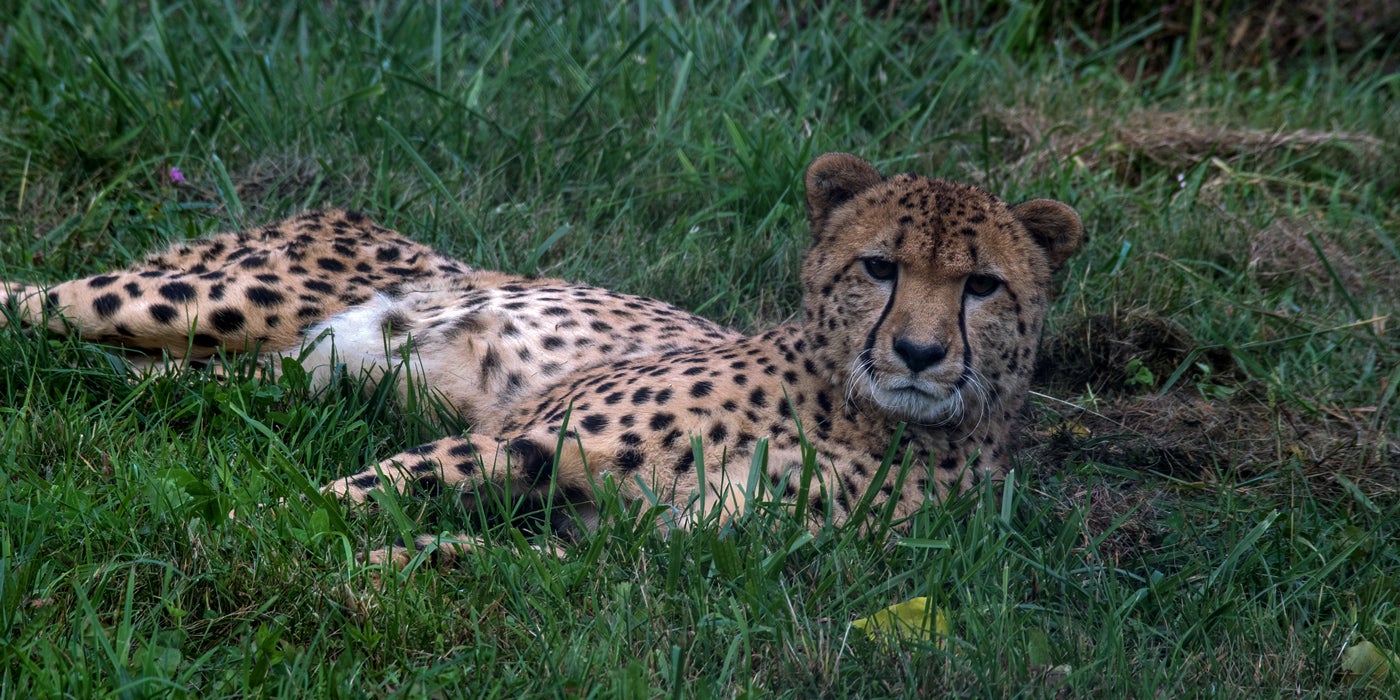
The first cheetah cub born at the Smithsonian Conservation Biology Institute celebrated his 10th birthday last year, marking a decade of the facility's successful cheetah breeding program.
Visitors to the Smithsonian’s National Zoo may encounter the Zoo’s three male cheetahs roaming, playing and snoozing on exhibit. However, behind the scenes at the Smithsonian Conservation Biology Institute in Front Royal, Virginia, many more cheetahs live, breed and contribute to the North American cheetah population. Cheetah keepers and scientists also contribute to saving cheetahs through improving breeding efforts with their important scientific studies. Take a look back through some of the milestones that SCBI’s cheetah team has celebrated since the breeding program began.
5. Happy 10th birthday, Nick!
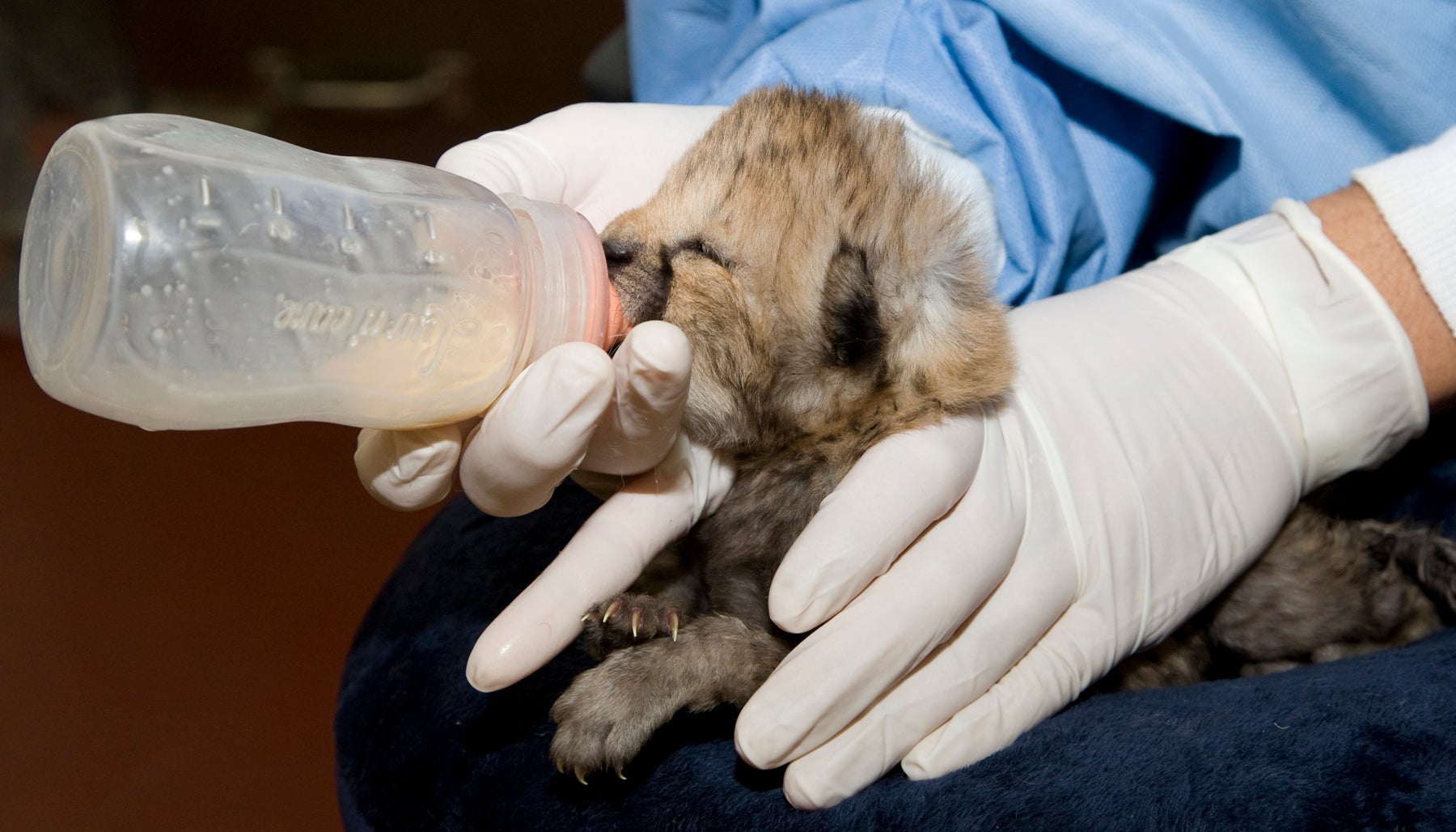
On Dec. 6, 2010, female Amani gave birth to a single male cub, Nick. This was the first birth of a cheetah cub at SCBI, marking the beginning of the facility’s successful cheetah breeding program.
Keepers had to hand-raise Nick for 13 days before they could foster him with the next female to give birth. This is often how single cubs are raised to increase their chance of survival. Cheetahs that give birth to only one cub cannot produce enough milk to keep the cub alive. Nick and his foster sister, Maggie, were raised together by Zazi, Maggie’s mother.
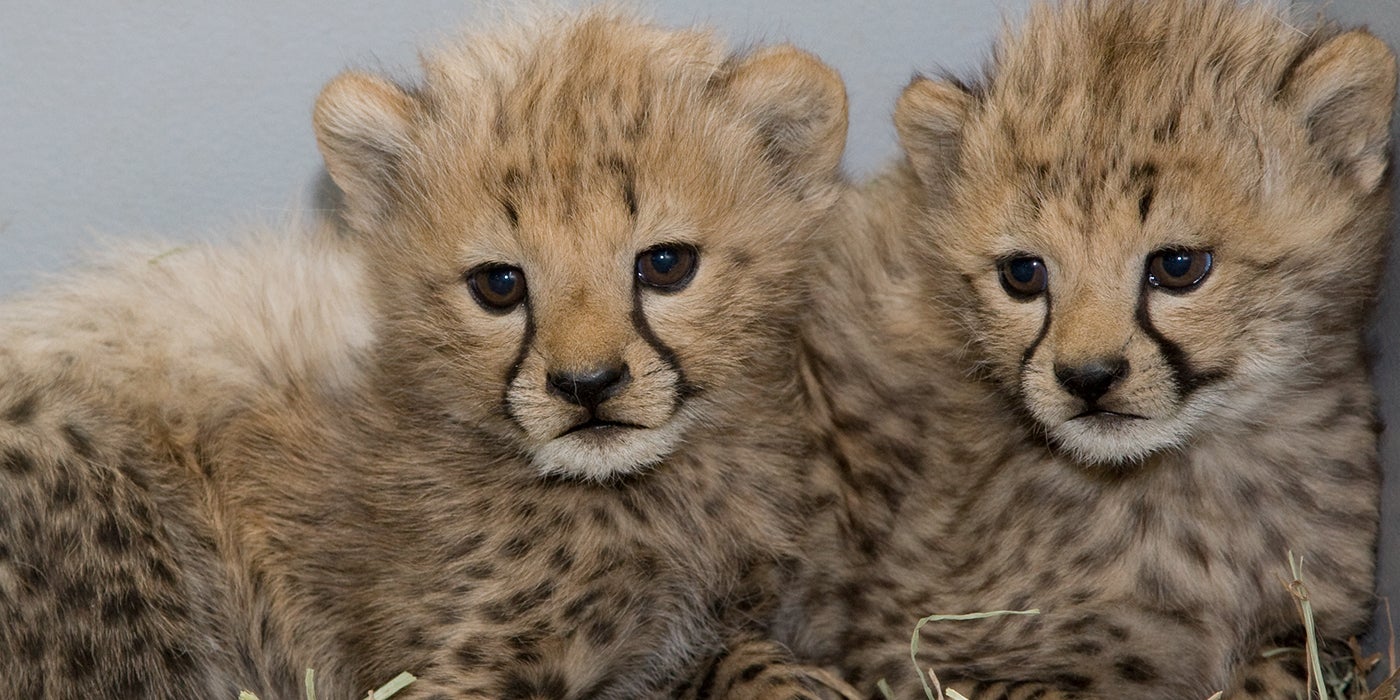
SCBI’s first cheetah cub, Nick, with his foster sister, Maggie. Both cubs were raised by Maggie’s mother, Zazi, to increase their chances of survival.
4. Higher chances of pregnancy in younger females
In a study published in 2011, SCBI scientists and partners found female cheetahs as young as 6 years old that have not reproduced yet can develop uterine pathologies. These pathologies can prevent a female from becoming pregnant.
Their research changed the way that cheetahs are managed in human care. Now, keepers ensure females have an opportunity to establish their first pregnancy by the time they are 6 years old. This study is one of more than 30 papers that the SCBI cheetah team has published over the last decade.
3. Cheetah Ridge facility at SCBI creates more space
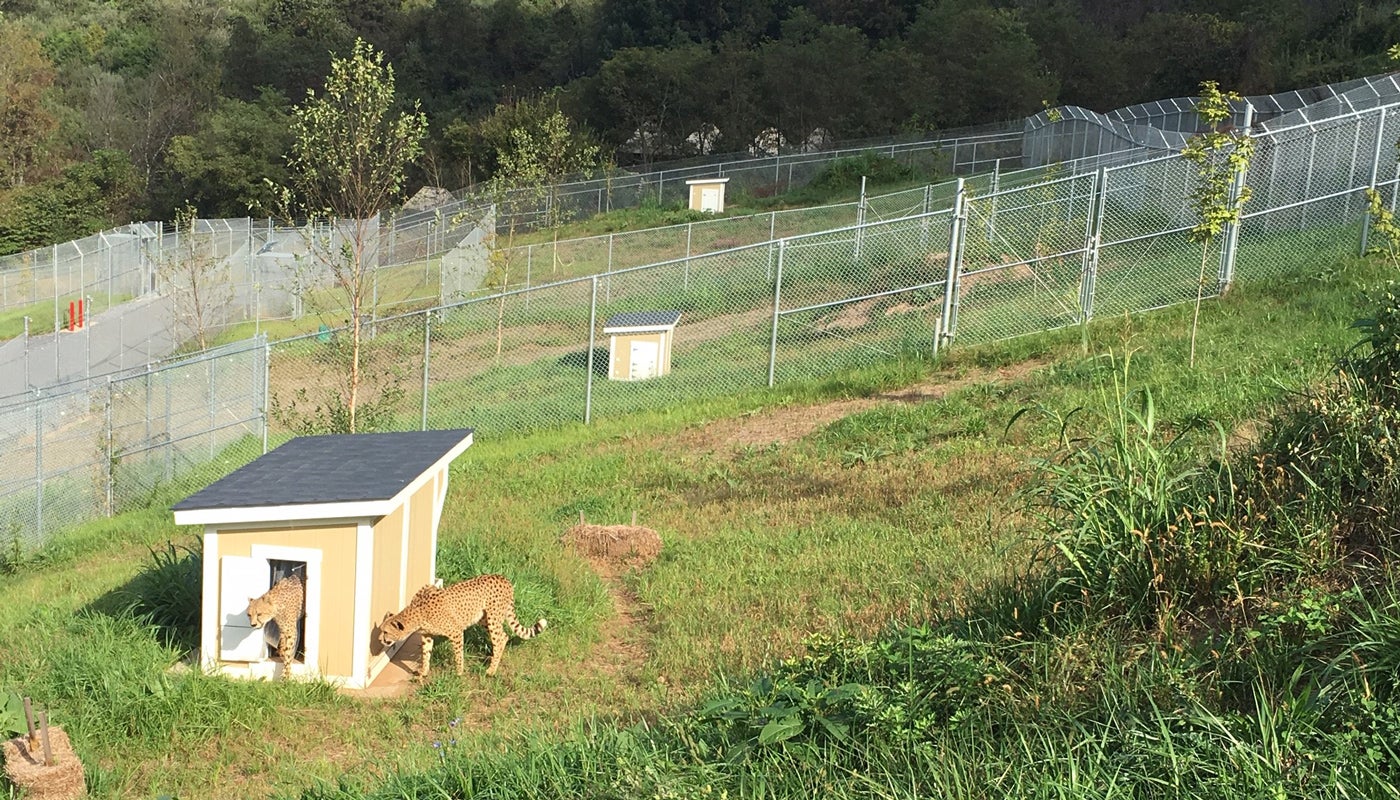
In 2018, the new Cheetah Ridge facility at SCBI created extra space for additional cheetahs. It also gave keepers the opportunity to move cheetahs into new yards, which can be enriching and help with breeding efforts. As of January 2021, Cheetah Ridge has 29 cheetahs, with room for more.
2. First cheetah cubs born from an embryo transfer
Scientists at SCBI and the Columbus Zoo successfully transferred cheetah embryos produced by in vitro fertilization (IVF) to a surrogate cheetah mom for the first time. Two cubs were born as a result at the Columbus Zoo, Ohio, on Feb. 19, 2020. IVF embryo transfers help scientists and zoos build a more robust and genetically healthy insurance population of cheetahs in human care and could potentially help the genetics of wild cheetahs too!
1. Welcome SCBI’s 14th litter and 60th cub!
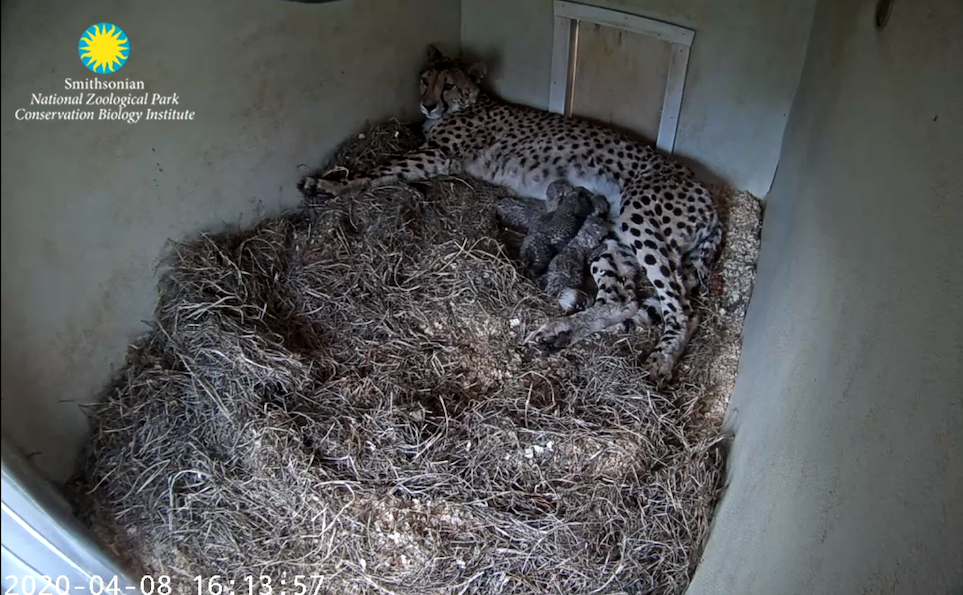
On April 8, 2020, first time mother, Echo, gave birth to SCBI’s 14th litter of cheetah cubs live on the Cheetah Cub Cam. The four cubs — female Amabala and males Jabari, Hasani and Erindi — brought the total number of cubs born at SCBI to 60. Find out what’s happening with Echo and her cubs in our latest #CheetahCubdates.
Thank you to the scientists, keepers and staff that have made the last decade of cheetah breeding and conservation successful!
Related Species:

